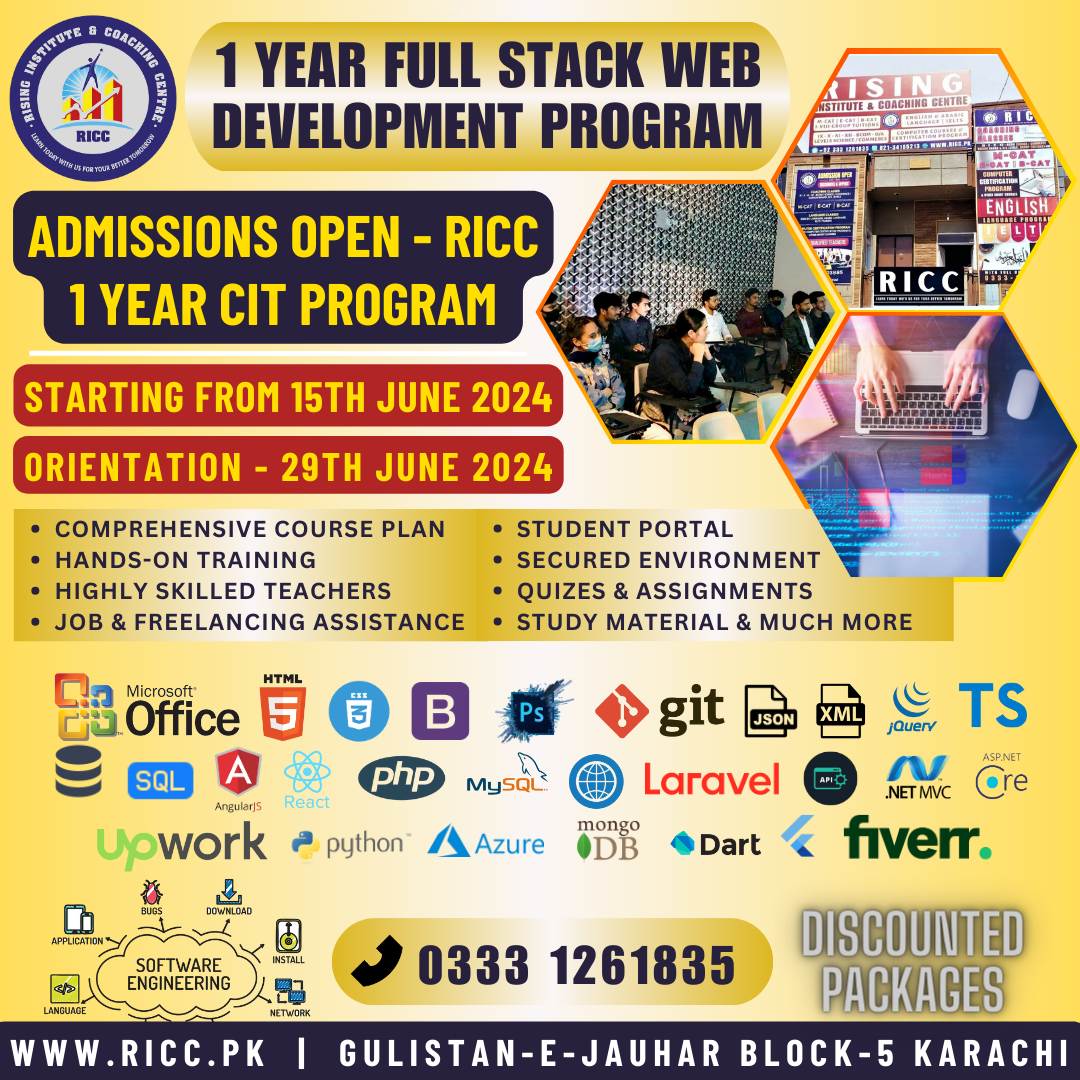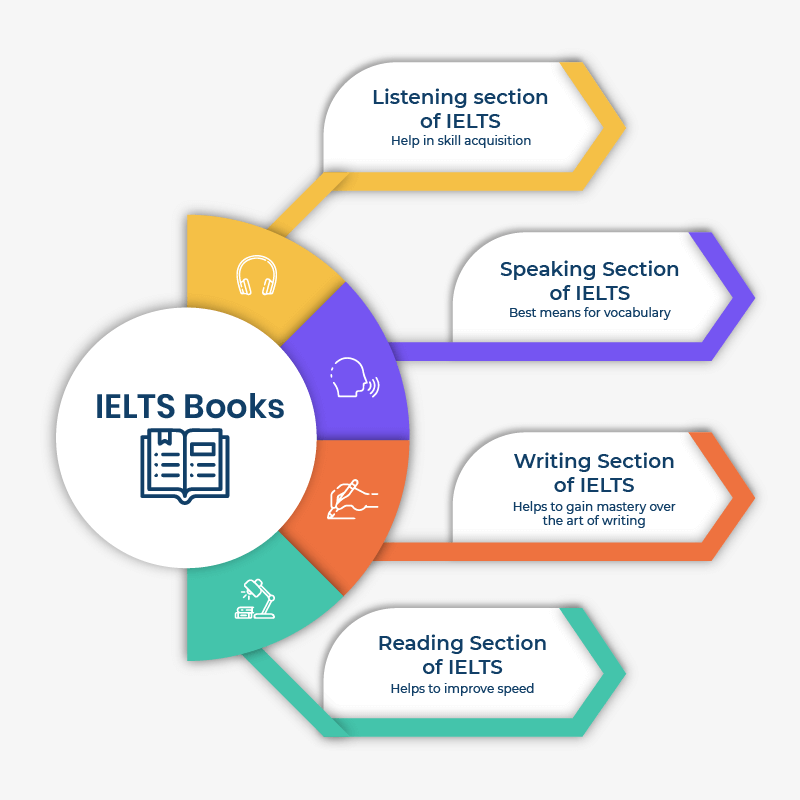ABOUT COURSE
Course 1 : python for data science
Python basics, Python Data Structures, Python Programming and Core programming principles, Working with Data in Python, Matrix, Data frames, Advanced data Visualization, Basic Statistics: Probability, Data Types, Common Distributions, Common Descriptive Statistics and Statistical Inference.
Course 2 : Advanced Analysis of Algorithms
Introduction of formal techniques and the underlying mathematical theory. NP-completeness; Search Techniques; Randomized Algorithms. Heuristic and Approximation Algorithms. Asymptotic analysis of upper and average complexity bounds using big-O, little-o, and theta notation. Fundamental algorithmic strategies (brute -force, greedy, divide-and-conquer, backtracking, branch-and-bound, pattern matching, & numerical approximations). Standard graph and tree algorithms. Additional topics: standard complexity classes, time and space tradeoffs in algorithms, using recurrence relations to analyze recursive algorithms, non-computable functions, the halting problem, and the implications of non-computability.
Course 3 : knowledge based systems
Introduction: Artificial Intelligence and information systems. Knowledge representation and the knowledge base: First-Order Logic, Production Rules, Horn Clauses, Frames, Semantic Networks, Objects. Metaknowledge, Conceptual modeling. Inference and reasoning: State space representations and search. Chaining methods, resolution, inference, matching, conflict resolution. Dealing with uncertainty: Bayesian models, Dempster-Shafer, Certainty Factors, Fuzzy sets and systems. Interfaces: Use Interfaces: User, Systems and Developer interfaces. Verification and validation: Redundancies, Conflicts, Contradictions, Incompleteness, Invalidity. Induction of decision trees and data mining: Entropy, ID3. Artificial neural networks. Methodologies for building knowledge based systems: Development lifecycle, structured development and prototyping. Knowledge acquisition techniques, protocol analysis, repertory grid. Integration with databases, data processing and information systems methodologies; Expert system building tools: Expert system building tools: AI-Languages, Knowledge representation languages, E.S.-shells, products and environments Knowledge base management systems. Applications, pitfalls and successes
Course 4 : digital forensics
Introduction to forensic science, steps from collecting data to preserving evidence, and a framework for digital forensic evidence collection and processing. Context: Legal and Practical Considerations Cybercrime; Forensic process; Legal process and law enforcement; ACPO guidelines; Digital evidence; Incident response. Computer Forensics: File Systems, (File system organisation; Memory; Registry; System logs); Disk imaging; Programs and their traces; Searching and analysis; Investigative tools (Open Source and Proprietary); Email & Browsers, Fundamentals of host forensics for different operating systems MS Windows, Unix / Linux etc. Foundations of network forensics: Intrusion detection; Attack trace-back; Packet inspection; Log analysis. Steganographic techniques for images, video, textual data, and audio. Mobile devices, Games consoles, etc.; Hashing issues; Anti-forensics (encryption and stealth techniques). A survey of non-standard storage mechanisms from retention characteristics to mobile and smart phones and vehicular systems as well as network-based search and storage mechanisms.
Course 5 : ethical hacking
Introduction to Ethical Hacking. Technical foundation of cracking and ethical hacking. Aspects of security, importance of data gathering, Foot printing, Reconnaissance and system hacking. Scanning Networks. Enumeration, System Hacking, Trojans and Backdoors. Viruses, Worms and Sniffers, Social Engineering, Session Hijacking, Hacking Webservers, Hacking Web Applications, SQL Injection,. Hacking Wireless Networks, Hacking Mobile Platforms, Evading IDS, Firewalls, and Honeypots. Buffer Overflow, Evaluation of computer security, Penetration Testing
Course 6 : artificial neural networks
Introduction to Machine learning, Linear and non-linear decision boundaries, Perceptron and its learning procedure, Multilayer perceptron, Linear and Sigmoid neurons, Learning the weights of a linear neuron, The error surface for a linear neuron, Learning the weights of a logistic output neuron, Feed forward neural networks, The backpropagation algorithm, Using the derivatives computed by backpropagation, Training Neural Networks, Optimization Algorithms: Mini batch gradient descent, Exponentially weighted averages, Gradient descent with momentum, RMSprop (Root Mean Square Propagation), CNN (Convolutional Neural networks) for object recognition, Recurrent neural networks: Modeling sequences, LSTM (Long Short- Neural networks) for object recognition, Recurrent neural networks: Modeling sequences, LSTM (Long Short-Term Memory), Combining multiple neural networks to improve generalization, Combing RNN (Recurrent Neural Networks) and CNN for image captioning, Autoencoders, Hopfield nets and Boltzmann machines, Recent applications of deep neural nets.
Course 7 : deep learning
Introduction to Neural Networks and Deep Learning. Feed Forward Neural Network: Representation, Computing Neural Network Output, Vectorized Implementation, Activation Function, Gradient Descent. Training Neural Networks: Forward and Backward Propagation, Parameters and Hyperparameters Optimization Algorithms: Mini batch gradient descent, Exponentially weighted averages, Gradient descent with momentum. Hyperparameter tuning: Batch Normalization and parameter tuning, Deep learning libraries (Ca libraries (Caffe, Torch, Theano, TensorFlow, Keras, PyTorch) and datasets. Stochastic gradient descent, Loss Functions and Optimization. Introduction to Convolutional Neural Networks for Visual Recognition. Classic ConvNet Architecture I: LeNet-5. Classic ConvNet Architecture II: AlexNet . CNN architectures: GoogLeNet, ResNet (Residual Network), VGGNet (Visual Geometry Group Architecture). Training Deep neural networks: Update rules, ensembles, data augmentation, transfer learning, Recurrent Neural Networks, Long Short-Term Memory Units, Neural Network Architectures for Question-Answering, Forecasting with Financial Time Series.
Course 8 : machine learning
Basic concepts in machine learning, Supervise and Unsupervised Learning, Dimensionality reduction & classification, Statistical decision theory. Regression: Linear regression, Linear classification, Logistic regression, Kernel density estimation, Classification and regression trees, Separating hyperplanes Decision tree induction: Learning sets of rules and logic programs, Instance-based learning, Bayesian learning , Statistical learning. Neural networks, Model ensembles, Learning theory, Support vector machines,Clustering and dimensionality reduction.
Course 9 : business Intelligence
Introduction to Business Intelligence. Foundation and Technologies for decision Making. Descriptive Analytics – Data warehousing. Predictive Analytics – Data Mining, Text Analytics and Text Mining, Web Analytics and Web Mining. Model Based Decision Making. Modeling and Analysis. Knowledge Management and Collaborative Systems. Big Data and Analytics. Business Analytics: Emerging Trends and Future Impacts
Course 10 : tools and techniques for data science
Introduction: Data Science, Statistical Inference, Exploratory Data Analysis and the Data Science Process, Analytics and Big Data, Basic Machine Learning Algorithms, Machine Learning Algorithms and Usage in Applications, Feature Generation and Feature Selection, Tools and Techniques for Data Science. Extracting Meaning From Data, Recommendation Systems , Building a User-Facing Data Product, Mining Social-Network Graphs, Data Visualization, Data Science and Ethical Issues.
Course 11 : data visualization
Value of Visualization, Data and Image Models, Visualization Design, Exploratory Data Analysis Interactive Data Visualization for the Web, Multidimensional Data, Graphical Perception, Visualization Software, Interactive Dynamics for Visual Analysis, Animated Transitions in Statistical Data Graphics. Color and Information in Envisioning Information, Networks: Visualizing Online Social Networks, Using Space Effectively, Design Critiques, Mapping & Cartography, Narrative Visualization, Text Visualization, Collaborative Information Visualization.






